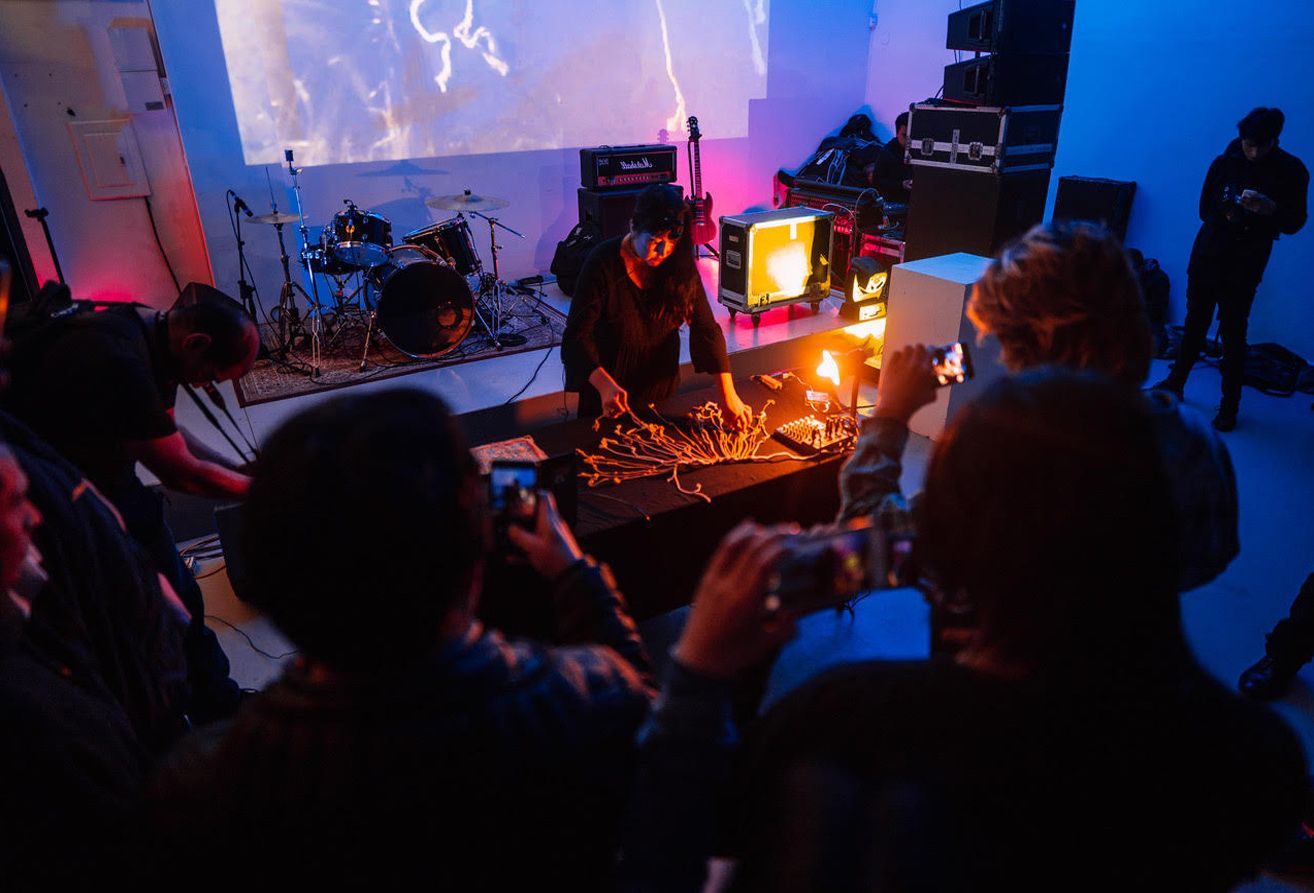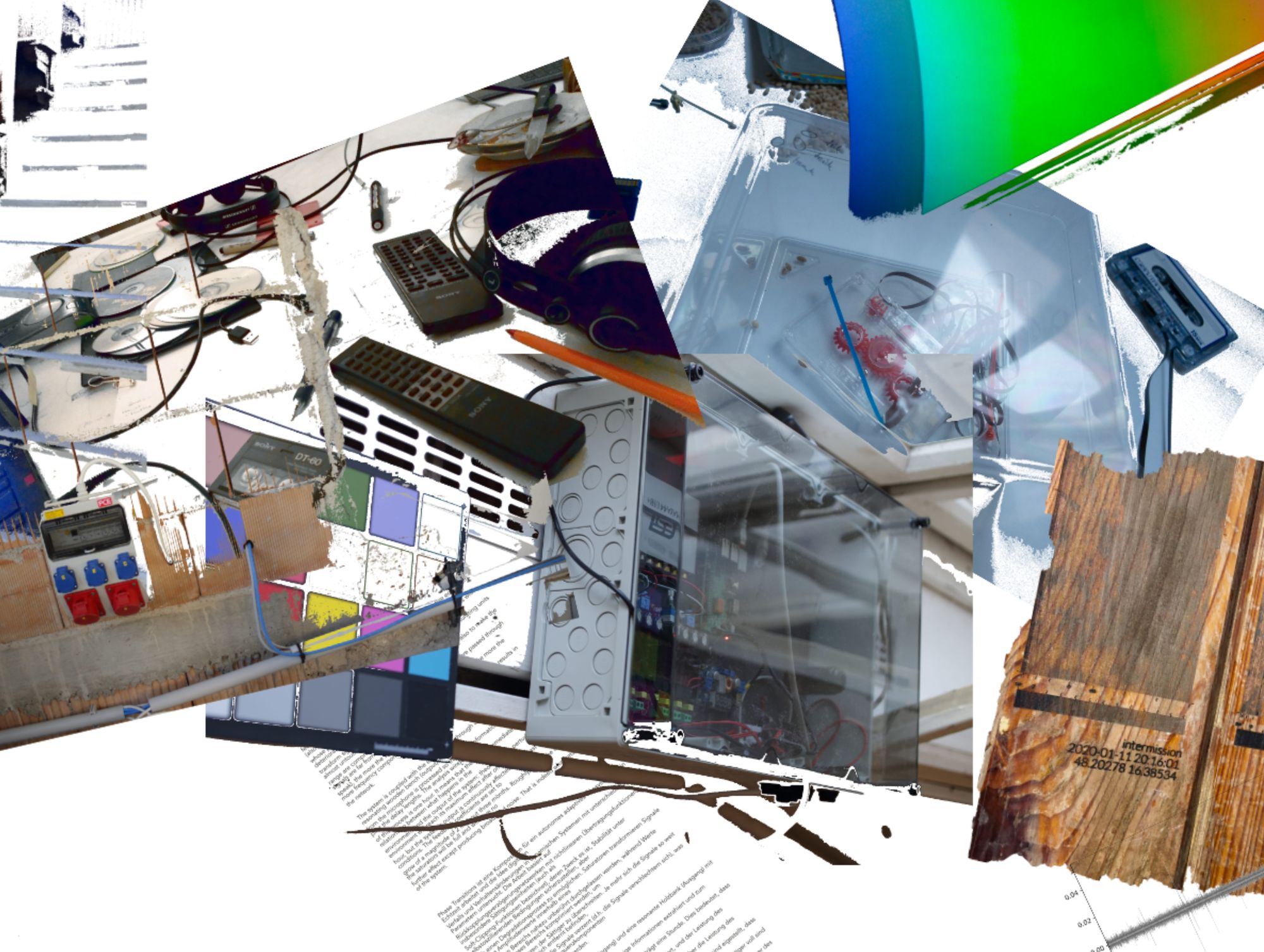This research is working with Sonified Textile Controllers. They can be described as textile sensor-based tangible interfaces. Some of them are part of a disruptive sound performance – an experimental sound art concert that has been presented in various cities in Europe and the Americas called "Text(il)ura"[1]. The three fiber-based controllers presented as part of this performance, The Shipibo Conibo-Style Textile, The Hanap Pacha Quipu, and the Unkuña of Noise, all reference the cultures of Paola Torres Nunez del Prado’s country of origin, Perú. These textile artifacts are works of art as well as devices that fall within the scope of smart textiles and that of human-computer interaction, as they allow the user to experiment with alternative ways of approaching the execution of sound art or electronic music. Referring to both aesthetically and symbolically distinct forms of expression from diverse human communities, these cross-cultural devices are characteristically hybrid and ever-changing: history, myth, craft and technology, gender, transhumanism, sound, visuals and tactility – everything is intertwined in an amalgamation of human knowledges and experiences aiming for a type of universality that does not impose one thought system over the other. The design of the interfaces proposes a different approach to tactile manipulation of electronic sound instruments, where it is common to find controllers made of metal or plastic, and where the aural and tactile sensitivity with which they are first made, transforms the performance itself. The Sonified Textiles aim to redefine musical interfaces, both conceptually and design-wise within the e-textile realm. The research uses a phenomenological framework to go beyond the mind-body dualism and to reconnect with the natural world.
THE SONIFIED TEXTILES WITHIN THE TEXT(IL)URA PERFORMANCE
Paola Torres Núñez del Prado explores the boundaries and connections between tactility, the visual and audio. She is interested in sounds related to the human voice, to nature, as well as synthetic ones that are often considered to be less harmonious, such as machine or digital noises. She explores the limits of the senses, and examines the concepts of interpretation, translation and misrepresentation, with the ambition to reflect on mediated sensorial experiences, and to question the cultural hegemony in technology and art. Her performances and her artworks are part of the collections of Malmo Art Museum and the Public Art Agency of Sweden, and have been presented in diverse countries of the Americas, Central Europe, and Scandinavia, where she is currently based.
Visit the exposition in the database Research Catalogue.




